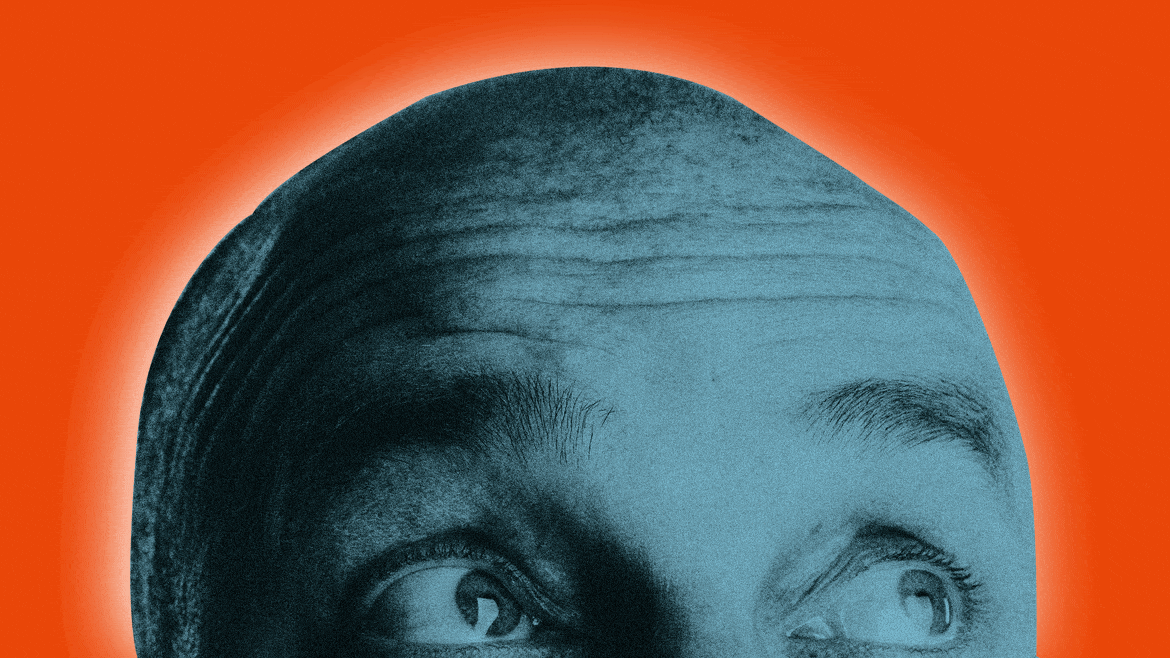Scientists Have Uncovered a New Tool to Combat Baldness: a 3-D Printer

Research shows that hair loss can cause depression, anxiety and lowered self esteem. The internet is full of people asking how to prevent their hair from thinning on forums like BaldTruthTalk. By 2025, the hair-loss industry is projected to be worth $12.37 billion. And scientists are paying attention.
Scientists at Columbia University recently discovered a way to grow human hair follicles in a dish, using 3-D printing to create a natural microenvironment. In theory, this process could be used to restore hair to some of the estimated 80 million Americans coping with thinning or baldness.
Humans have been preoccupied with hair since the beginning of history—from the wigs people wore circa 3000 B.C., to the mixture of cumin, horseradish, pigeon droppings and other miscellanea that Hippocrates recommended as a hair loss treatment in 420 BC. (Hippocrates also noticed that eunuchs never went bald, and proposed castration as a cure for baldness. Much later some scientists confirmed he might have been onto something.) Today, there’s a lucrative world of lasers, pills, oils, surgery, devices, shampoos, and prayers designed to stimulate hair growth.
The Biggest Myths About Hereditary Hair Loss
At Columbia University’s Irving Medical Center, a 3-D printer and the mind of Dr. Angela Christiano are the tools being used to revitalize hair science. A group of her researchers 3-D-printed a mold that mimics the patterns of hair follicles, where human hair would be comfortable enough to grow.
Tiny microscopic wells that cannot be seen by the human eye were created within the molds, and neonatal skin cells were placed into them. Hair follicles donated by lab volunteers were seeded into these microwells, along with a cocktail of hair-stimulating growth factors.
Three weeks after the ingredients were placed in the mold, the result was a growth of some of the most robust hair follicles to have been grown wholly outside skin. The research was published in the scientific journal Nature.
The results hold promise in particular for people who want to undergo hair restoration surgery. That operation normally requires that 2,000 hair follicles be taken from the back of the head and transplanted over the front, meaning that it’s limited to people who still have hair on the back of their heads.
But Christiano’s innovation could, down the line, give patients to have access to unlimited hairs. If it works as envisioned, they would offer up a few hairs to be placed in the mold, and researchers would be able to grow more follicles for them. Hair transplantation surgery would then open to a much wider group of patients.
“What we’ve shown is that we can basically create a hair farm: a grid of hairs that are patterned correctly and engineered so they can be transplanted back into that same patient's scalp,” Christiano said. “Hair restoration surgery would no longer be limited by the number of donor hairs.”
Dr. Luis Garza, associate professor of dermatology at the Johns Hopkins University School of Medicine described hair follicles as the little machines that make the hair. Typical hair follicles go through cycles of hair growth, death and rebirth that can last around four years. Then the machine gets partially taken apart and rebuilds itself, making a new hair follicle.
“One of the most exciting things about Christiano’s study is that her hair follicles can make new hair,” said Garza, who was not involved in the Columbia research. “It’s moving the needle in ushering a new era of hair loss treatments.”
Christiano has already had success translating her work into real-world therapies. Garza says he already uses her JAK inhibitors, small molecules that awaken dormant hair follicles, in his daily work. The 3-D molds could also make it much easier to test new hair products and hair loss cures.
But it might be years before stem cell-derived hair follicles can revolutionize treatment and disrupt the hair-loss industry. Since the study wasn’t conducted on humans, the transplantation process must first be optimized for humans before lengthy clinical trials can begin.
Dr. Peter Panagotacos, a hair-loss specialist who was not involved in the research—and whose hair restoration work costs around $15,000 for 1,800 grafts—says it’s only in the last 30 or so years that they have been medical treatments for hair loss. Before that, the follicly challenged looked to alternative treatments not rooted in science.
Christiano’s breakthrough, he told The Daily Beast in an email, “is yet another step in the right direction.”
We know the average person has 100,000 hair follicles on their head and they lose about 100 hairs a day. We know hair is the second-fastest-growing tissue in the body after bone marrow. We know everyone ages, and hair loss is one of the most visible symbols of that. But maybe someday it won’t be.
Got a tip? Send it to The Daily Beast here
Get our top stories in your inbox every day. Sign up now!
Daily Beast Membership: Beast Inside goes deeper on the stories that matter to you. Learn more.

 Yahoo News
Yahoo News 
